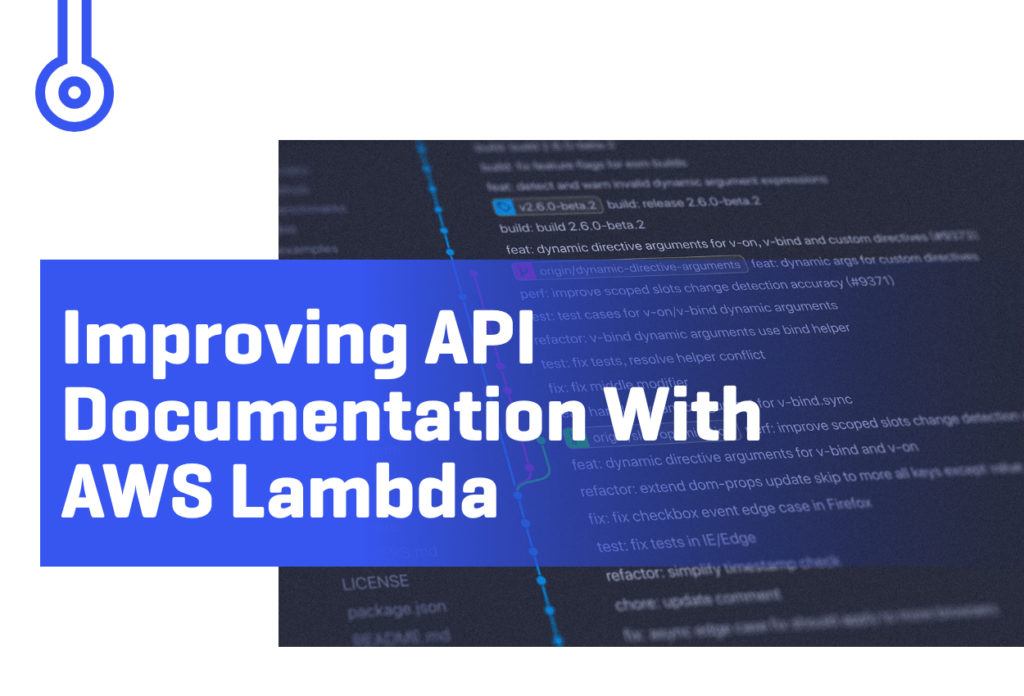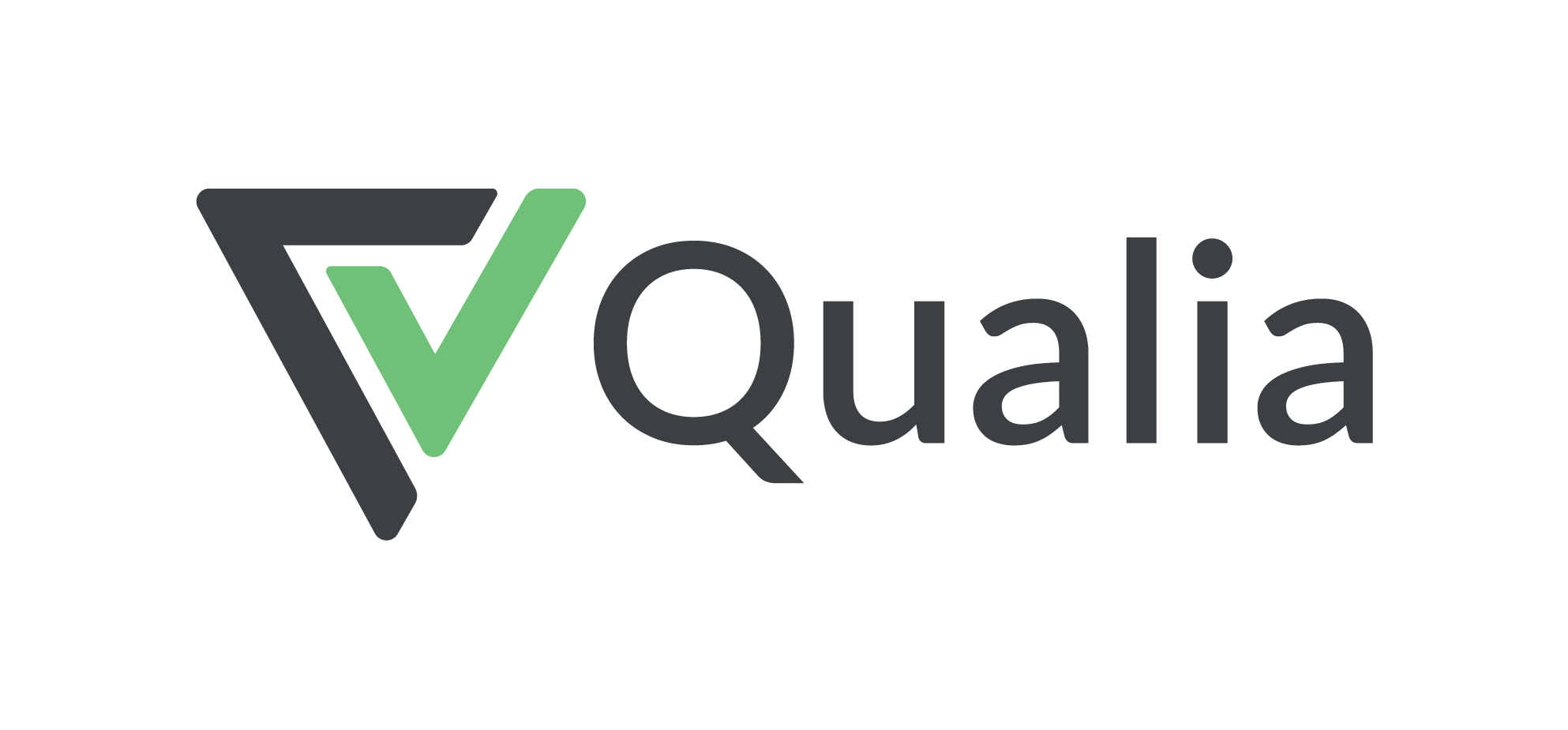New Techniques and Technologies Needed to Address Purchase Fraud-for-Housing Risk
First the good news: mortgage fraud, in all its forms, was down in 2020, as it has been much of the last decade. Now the not so good news: market dynamics, changing workforce demographics and more sophisticated fraud schemes, such as synthetic identity, all point to heightened risk for fraud, particularly fraud-for-housing, in the not-too-distant future.
The ingredients are all there: the mortgage market is shifting from refinance (read low fraud risk) to purchase; low rates and tight inventory are pushing up average home prices at a double-digit, year-over-year pace and the size of the average mortgage hit a new high in 2020. So, FOMO, (fear of missing out) is rising for both homebuyers and SFR investors.
Meanwhile, the Mortgage Bankers Association’s 2021 forecast calls for a steep drop in refinances, a steady rise in purchases and an overall market contraction of approximately 25 percent. Having added capacity to handle last year’s volume, many lenders and mortgage brokers will now be chasing share in a smaller overall market. In the past, this has led to looser underwriting and increased income and asset misrepresentation.
Finally, add new factors like the rapid and seismic shift to remote work due to COVID-19, the continued expansion of the gig economy (now 30 million strong) and the growing sophistication of synthetic identity fraudsters and the outlook for fraud changes dramatically.
Types of mortgage fraud and their motivation
Generally speaking, there are two types of mortgage fraud: fraud-for-profit and fraud-for-housing.
Fraud-for-profit usually involves multiple players in the mortgage process—real estate agents, mortgage brokers, appraisers, loan officers, straw buyers, etc. It can also take various forms, such as employment and income, debt, property value and condition to maximize profits on a loan transaction or to ultimately defraud the lender or the borrower. It can be done by a single person, or as a network of individuals. While still a concern for lenders, fraud-for-profit is at a historic low.
On the other hand, fraud-for-housing is more prevalent and more subtle than its fraud-for-profit counterpart. Fraud-for-housing is usually committed by borrowers, sometimes with the knowing assistance of loan officers or others, who misrepresent or omit relevant details about employment and income, debt and credit, or property to obtain a home or an investment property. The most common forms of fraud-for-housing are overstated income and undisclosed debt. Other kinds of fraud-for-housing can include falsified documentation, straw buyers, investment income misrepresentation and out of state and foreign investors.









